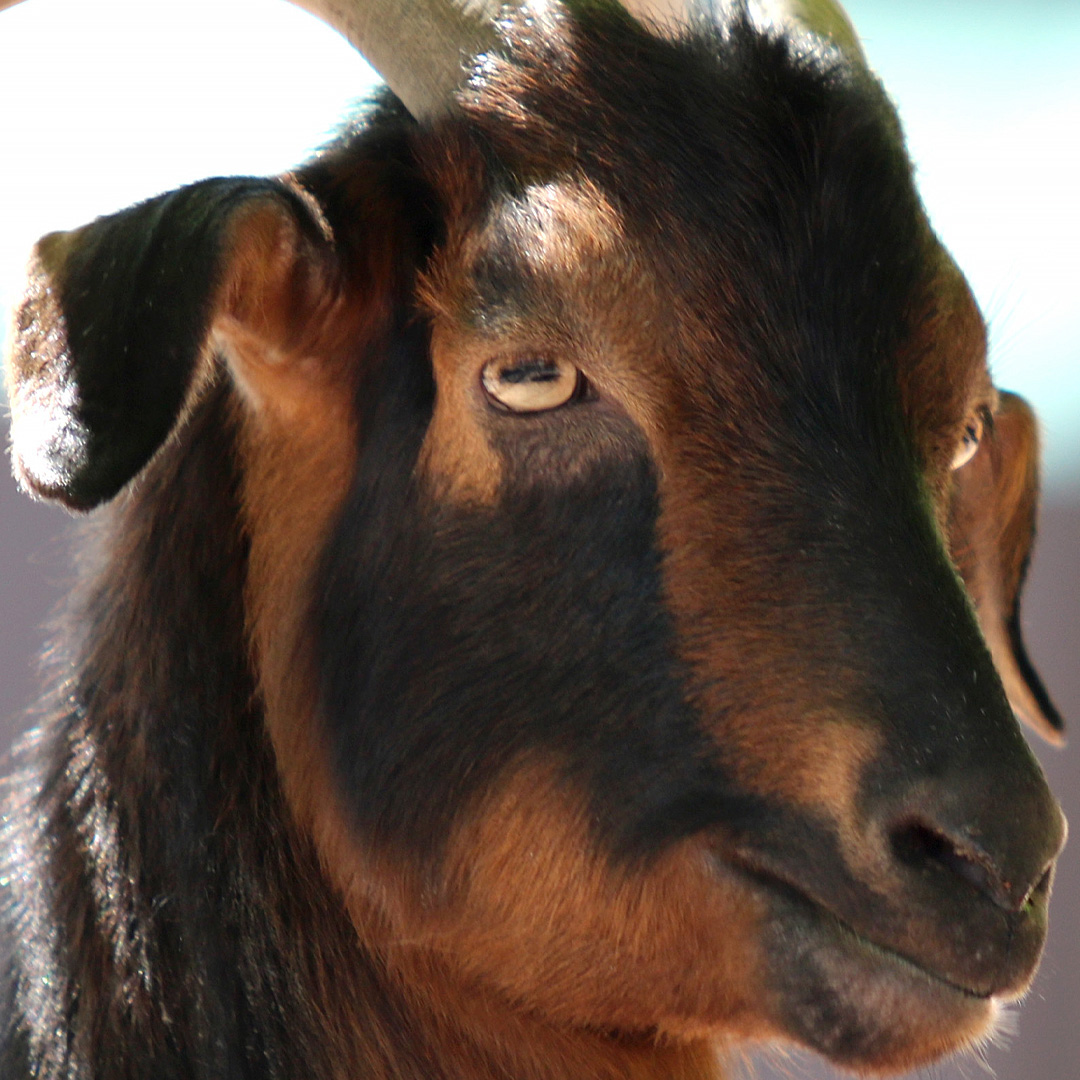- Rectangular pupils in goats and sheep enhance their peripheral vision and depth perception, crucial for spotting predators.
- The adaptive significance of the rectangular pupil shape in species like San Clemente Island Goats and Armenian mouflon in terms of survival and environmental interaction.
- The conservation efforts and habitat maintenance at the Rosamond Gifford Zoo for promoting biodiversity and protection of critically endangered species.
- Comparative analysis of human vision fields and how animals leverage different eye structures for survival.
- Role of zoos in wildlife education, species conservation, and fostering environmental awareness.
The animal kingdom never ceases to amaze with its rich diversity and fascinating adaptations. This article explores a unique aspect of goat and sheep anatomy—their remarkable rectangular pupils. Such adaptations are not merely intriguing; they are crucial to their survival. This pupil shape grants these animals an edge in terms of visual capabilities, enhancing their peripheral vision while helping them stay vigilant against predators.
This specialized vision is seen in several intriguing species, such as the critically endangered San Clemente Island Goats, the Armenian mouflon, and Black Welsh Mountain sheep housed at the Rosamond Gifford Zoo. These animals possess pupils that can capture a wide breadth of the surrounding environment, which increases their ability to detect threats. Rectangular pupils allow them to capture more light from the horizon while filtering excess light coming from above, a characteristic adjustment for creatures primarily grazing. Goats, for instance, enjoy an expansive field of vision that can range from 320 to 340 degrees, compared to the 160 to 210 degrees typical of human vision. This feature makes them adept at monitoring their surroundings thoroughly, leaving little room for surprise attacks by predators.
To understand why these species have evolved such astonishing visual systems, one must delve into their natural habitats and lifestyles. Animals like the San Clemente Island Goats, originating from a small island off the Californian coast, faced unique environmental pressures. Their isolation has necessitated honing their abilities to detect and escape predators in a challenging ecosystem. Rectangular pupils are not just about perception in a literal sense; they signify a broader ecological narrative—an adaptation shaped by the demands of their specific environments. Armenian mouflons encounter similar circumstances. Native to the rugged landscapes of Armenia, they have survived constant threats from natural hunters. Their pupil shape supports scanning the vast open terrain quickly, serving as a critical defense in regions where evasion is a constant battle for survival.
Conservation efforts play a pivotal role in preserving these extraordinary animals. Zoos like the Rosamond Gifford Zoo have become sanctuaries for species struggling in the wild. These establishments are more than just attractions; they are bastions for preserving threatened animal populations. By maintaining healthy environments where animals can thrive, zoos contribute significantly to conserving biodiversity. The San Clemente Island Goats, for example, were once thought to be heading toward extinction, but conservation programs have played a crucial role in stabilizing their numbers. The zoo’s commitment extends beyond keeping the animals alive; it involves ensuring that they live in conditions conducive to expressing their natural behaviors, including using their unique visual adaptations.
It’s also important to compare these animal adaptations with human vision to appreciate the diversity of evolutionary solutions to environmental challenges. Humans primarily rely on binocular vision and depth perception for their survival activities, such as hunting and navigating complex landscapes. However, animals like goats and sheep, through the rectangular design of their pupils, have shifted this emphasis toward an extensive peripheral view. This adaptation allows them to respond quickly to potential threats from the sides or behind, demonstrating an alternative evolutionary path tailored to their needs as prey animals.
Zoos serve a broader mission, fostering wildlife education and awareness. Institutions like the Rosamond Gifford Zoo illustrate the incredible diversity and interconnectedness of life on Earth. By bringing people closer to creatures such as the San Clemente Island Goats and Armenian mouflon, zoos offer tangible connections to the natural world, nurturing an appreciation for conservation efforts. Hands-on experience with these animals allows visitors to learn about the intricate relationships within ecosystems and the importance of protecting endangered species to maintain ecological balance.
In conclusion, the exploration of rectangular pupils among goats and sheep at the Rosamond Gifford Zoo reveals a complex story of adaptation, survival, and conservation. These unique animals remind us of the myriad ways life has evolved to meet the challenges of different environments. Through understanding these remarkable adaptations, such as those of the San Clemente Island Goats, we can foster a deeper appreciation for the natural world’s adaptability and the critical role of conservation in sustaining these biological marvels.
*****
Source Description
“Eye” didn’t see this coming… Goats and sheep, such as the critically endangered San Clemente Island Goats, Armenian mouflon, and Black Welsh Mountain sheep who live at the Rosamond Gifford Zoo, have rectangular pupils. This pupil shape allows their eyes to capture more light closer to the ground and to filter more light from up above. As a result, they have enhanced peripheral vision so they can spot predators more effectively. For context, a human’s typically have a 160°-210°
field of vision, whereas goats typically have a 320-340 field of vision. All the better to see you with when you visit the Rosamond Gifford Zoo!


